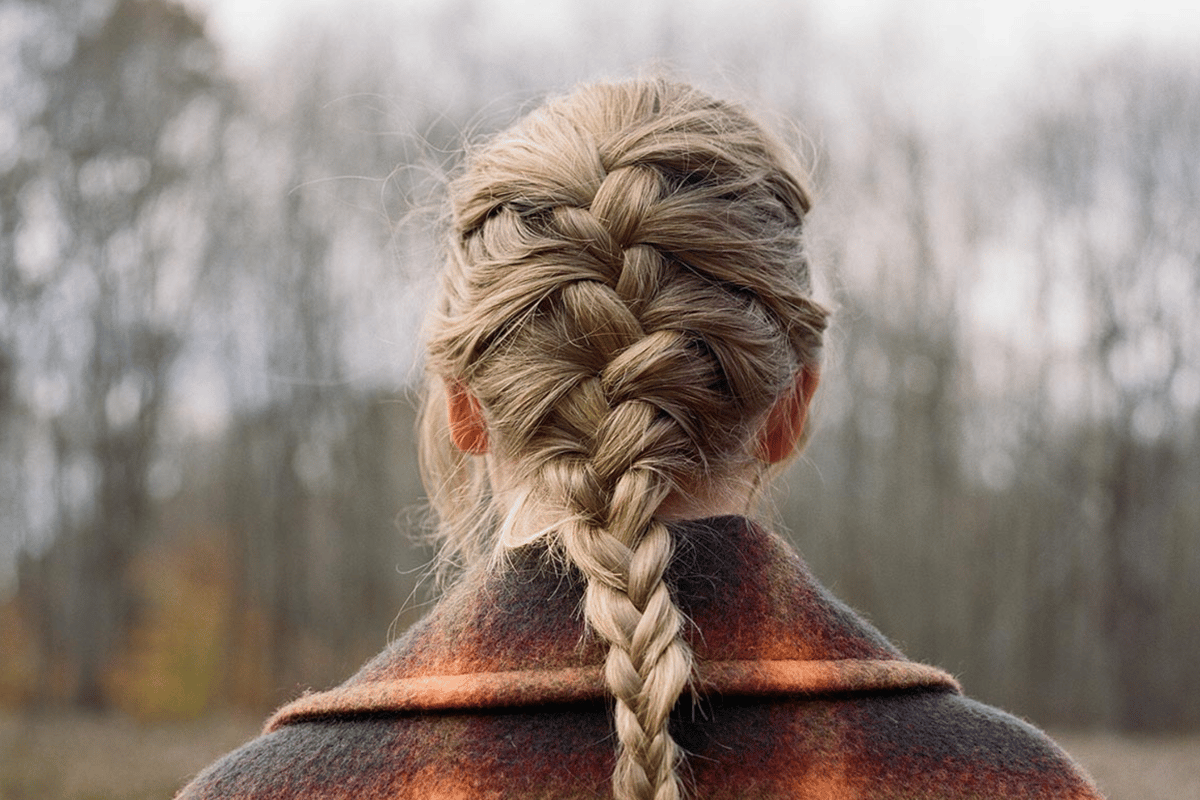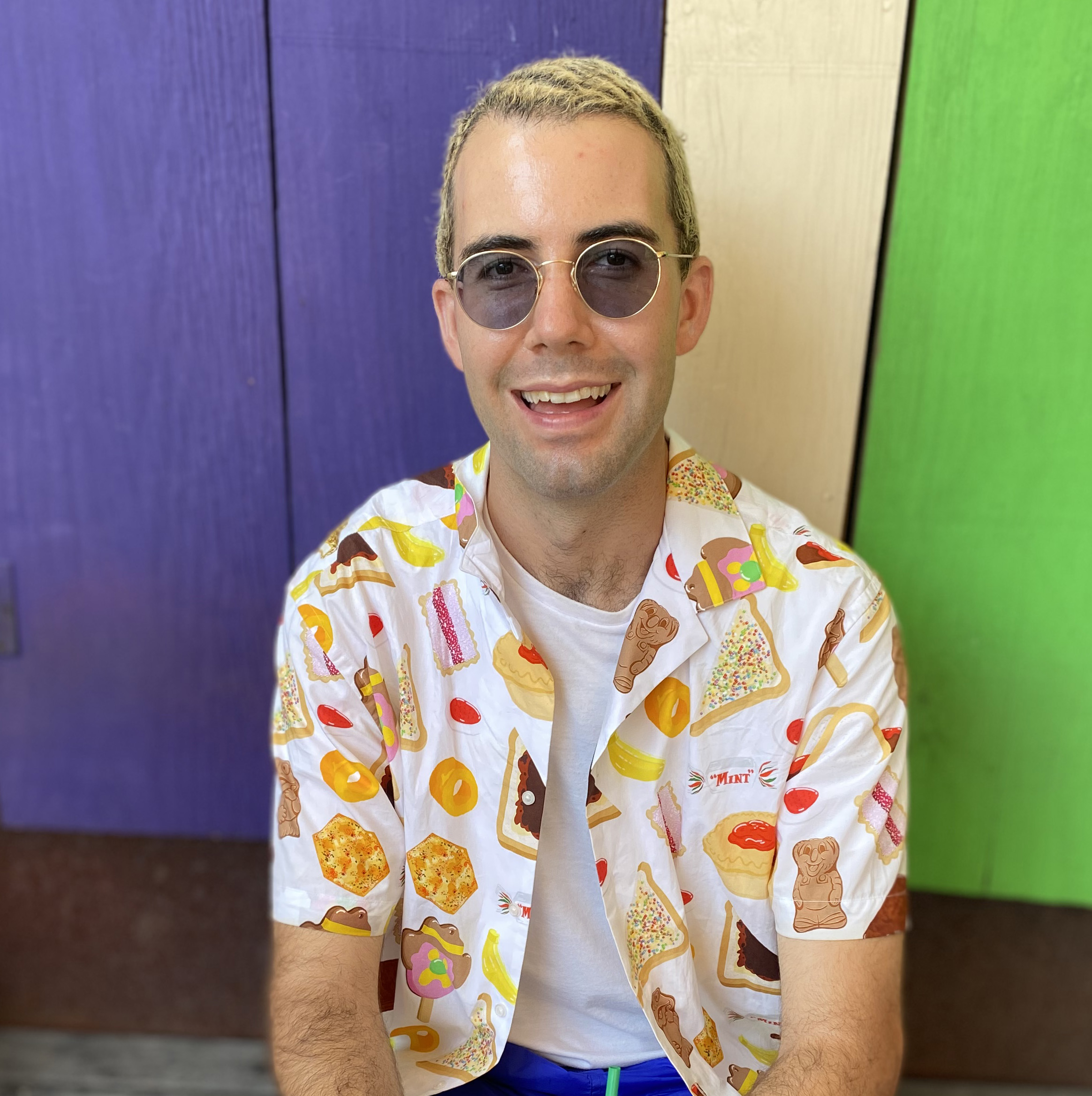Livestreams and Quarantine Queens: Did 2020 change live music and album marketing for good?

Music marketing and performances were a different beast in 2020 – but what changes will carry on throughout the decade? Sam Murphy explores the year that was, and the years that might be.
When the pandemic brought the world to a halt in March, the foundations of popular music were immediately shaken. Live music was brought to a halt and promotional plans were also paused as popstars and their teams were forced to rethink how to release music in 2020.
Initially, major albums were put on ice but as the year has progressed artists have figured out how to make this situation work for them. Live streams, Zoom sessions and ‘quarantine albums’ have become the norm taking some of the gloss from pop music, but also showing a renewed sense of capability.
Early DIY
Earlier in the year, it looked as if it would be a year without any major releases. Lady Gaga, Haim, and Sam Smith were among the largest names to re-schedule their albums, but some pushed ahead. Dua Lipa and The Weeknd were the first off the block, releasing their respective albums Future Nostalgia and After Hours as the industry came to a halt.
In March, Dua Lipa tearily announced that her album would arrive a week earlier than scheduled due to a leak, forcing her to ditch any high-budget plans and promote the album from a London Airbnb.
Rather than shying away from it, Dua Lipa hit the ground running. She launched it with a listening party via Zoom and then set out to perfect the at-home performance. She performed on The Late Late Show with James Corden from her kitchen counter joined by her band on Zoom and adopted a green screen for her The Tonight Show Starring Jimmy Fallon performance. Suddenly, an artist who was known for elaborate and polished live performances was forced to use what was around her and, if anything, her perseverance allowed her natural charisma to flow through.
Similarly, 5 Seconds Of Summer promoted their March release Calm with lo-fi, at-home performances. Luke Hemmings performed on Jimmy Fallon acoustically, backed by a lap-top with the Fallon logo on it. By the time the band got to Corden in May, they had fine-tuned the art a little more with all four boys performing remotely backed by a simple yet effective light display. Their ‘Wildflower’ video was largely shot on their own iPhones, “by passing around a green screen from house to house” – an impressive feat given the outcome.
As lockdowns persisted, artists known for polished projects continued to embrace the DIY. Justin Bieber and Ariana Grande recorded a new song ‘Stuck With U’ and recorded the video by themselves at home, Kehlani became her own director for her ‘It Was Good Until It Wasn’t’ music videos and Tkay Maidza learned to use a green screen for her psychedelic ‘Don’t Call Again’ clip.
As the year has gone on, the output has become increasingly polished. With rapid COVID-testing allowing artists to take to a set once more, late-night shows and award performances have reached a new standard. Instead of in-studio live performances, artists and their teams have been shooting it themselves resulting in a standard that’s high but far less spontaneous than an in-studio performance. We’ve had Dua Lipa literally ‘Levitating’ at Royal Abert Hall, Billie Eilish performing at the ARIAs without stepping foot in the country and Miley Cyrus presenting glitzy, high-budget sets from her backyard. It’s too early to tell whether this will be the norm going forward, but it’s certainly revolutionised the televised performance putting the control almost solely in the artists’ hands.
The Livestream
With most of the world at home and social plans out the window, artists took the time to connect with their fans mostly with free live-streams. Cyrus launched a daily chat show Bright Minded, Haim taught their fans how to dance with Zoom choreography sessions, and Robyn started her own live-streamed Club Domo, offering up DJ sets.
In Australia, lockdown proved to be a chance for artists to perform live online. This was led by G Flip who sat in front of the camera performing new songs acoustically. She aired ‘Hate Me’ and ‘Hyperfine’, the latter of which is likely to appear high in the triple j Hottest 100 this year. Delta Goodrem launched an Instagram and Facebook live weekly session ‘The Bunkerdown Sessions’. She used it as an opportunity to perform covers and requests from fans offering an unveiled and unpolished look into one of this country’s glossiest popstars.
With festivals on hold, Isol-Aid jumped in to save the day. The virtual, free event, pulled together with fresh lineups of Australian artists performing from their homes. The Rubens, Allday, and Julia Jacklin were among the billed artists, assisting to earn over $80,000 for musicians-in-need charity Support Act.
The free live events were always going to be unsustainable for an industry starved of any live music revenue. The format was revolutionised in the latter part of the year with chart-topping artists offering ticketed live-streams.
Billie Eilish kicked it off on live-streaming platform Maestro, selling tickets for around $30 with exclusive merch also on offer. Kylie Minogue then launched her album DISCO with the ‘Infinite Disco’ live stream, reportedly selling over 150,000 tickets to the hour-long show.
It seems appropriate that arguably the biggest live stream yet came courtesy of Quarantine Queen Dua Lipa. Her ‘Studio 2054’ show enlisted guests like Elton John and Cyrus beamed into a warehouse in London where Dua Lipa performed hits from Future Nostalgia. That show attracted a reported 5 million people with tickets selling for around $20.
Marc Watson, director of streaming platform LiveNow said in a statement after the performance: “This is not easy but we have proved if you get the creative format and marketing right, there is significant and growing consumer demand around the world for streamed live music events.”
Quarantine Albums
In March, as album delays became the rule, not the exception, it looked like 2020 was going to be an unprecedentedly quiet year for new music. As the year progressed, however, it seemed to be quite the opposite.
Charli XCX was the first one to take the plunge into the quarantine album. In April, she announced that she would write and release a new album from scratch in just six weeks time. She let her fans into the entire process as she worked on it from her LA home. Each day she gave lyrics, snippets, and visual insights as the album was pieced together. Zoom sessions with fans gave them a chance to, in a sense, A&R the project. She pulled it off, delivering how i’m feeling now on time and landing on end-of-year best-of lists from Pitchfork, The Fader and NPR.
In an interview with Guardian, she said she’d use the success of it as ammunition, anytime her label is skeptical about releasing projects quickly. “No, guys, remember when we did that album in six weeks? No rules – let’s go,” she said.
Few artists gave the transparency that Charli did with her project, but they were still busy working on music. Instead of performing at festivals in support of her 2019 album Lover, Taylor Swift took the time to begin work on a new album. She connected with The National’s Aaron Dessner and reunited with frequent collaborator Jack Antonoff, remotely putting together folklore. Coming just 11 months after Lover, the release was a risk, but one that paid off. It spent multiple weeks at #1 in the US and Australia and scored five Grammy nominations – her most since 2016.
She unprecedentedly followed it up with evermore in December proving that you can strike gold twice. For both projects, Swift’s promotion has been low-key. Her visuals were shot socially-distanced in upstate New York and her only public performances of it were at the Country Music Awards and as part of her Disney+ special The Long Pond Sessions.
Another high-profile album drop came from Ariana Grande who delivered positions with very little fanfare in October. The album was almost entirely recorded during COVID-19 and, according to producer Tommy Brown, it was made without pressure.
“There weren’t meetings, there wasn’t a tour, there weren’t deadlines,” he told WSJ. Positions and its lead-single reached #1 in both the US and Australia, proving Grande’s lockdown time was well spent.
Meanwhile, in London, Kylie Minogue finished her 14th studio album DISCO in lockdown. She set up a studio in her home and learned how to record and engineer her own vocals so that the album could be worked on remotely. It paid off for Kylie with DISCO recording her biggest opening week numbers in the UK since Aphrodite.
Another great success story was that of Bad Bunny who dropped his album YHLQMDLG just before the pandemic hit. The album was a streaming winner but he outdid it with EL ULTIMO DEL MUNDO, his second record of the year that became the first all-Spanish album to top the Billboard charts.
Where Do We Go From Here?
When live music returns to its full potential, likely after the vaccine is widespread, things will have changed. There will never be any true replacement for live music but the livestream has come along in leaps and bounds since March.
Kevin Chernett, Live Nation’s executive vice president of global partnerships and content distribution told The New York Times that for now, streaming is taking a little of the sting away from the loss of touring revenue. “I don’t think we’re going to replace all the touring revenue,” he said.
“But we’re certainly willing to find out a tolerance level and interest from fans to see where it goes.”
The pandemic is clearly the reason streaming has boomed. According to Mashable, Twitch users watched 1.1 billion hours of content in March before the pandemic. The next quarter, that figure was up to 3 billion. People are adopting it and, as a result, opening their minds to a form of music consumption that they had perhaps never considered. It’s possible that once live music returns, the two can exist side-by-side. Say, you’re unable to attend due to distance or want to experience with family members without the crowds – that’s where live-streaming could be a supplement.
It’s also likely that artists will continue to explore technology to up the anti of the at-home experience. This year, Katy Perry explored extended reality (XR) making television history on American Idol with her performance of ‘Daisies’. Eilish’s livestream also explored XR, delivering the concert in 3D rendered.
From a promotional perspective, artists like Kylie and Dua Lipa have proved that it’s possible to have a successful album campaign, promoting from home. It will be interesting to see how quickly artists return to physical worldwide campaigns given that they have been appearing on breakfast television and late-night shows without having to move from their hometown.
Of course, not all these DIY approaches will stick once travel capabilities and mass gatherings return, but the pandemic has lifted the veil on pop. It’s showed that without the glitz and glamour, the music can still stand strong and people will still listen – without leaving their homes.
Sam Murphy is the founder and editor of The Interns































